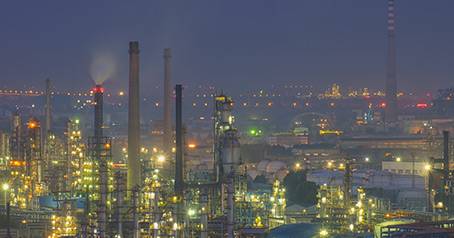Aug . 21, 2024 06:00 Back to list
Exploring the Benefits and Applications of PPR Water Pipe Systems in Modern Plumbing
The Benefits and Applications of PPR Water Pipes
PPR (Polypropylene Random Copolymer) water pipes have become increasingly popular in the plumbing and construction industries due to their numerous advantages. Known for their durability, flexibility, and resistance to various factors, PPR pipes are an efficient choice for both residential and commercial water supply systems.
Durability and Longevity
One of the most significant benefits of PPR pipes is their exceptional durability. Made from polypropylene, these pipes are resistant to corrosion, scaling, and chemical degradation. Unlike traditional materials, such as metal pipes that can corrode over time, PPR pipes maintain their structural integrity over long periods. This longevity translates to a reduced need for repairs and replacements, making them a cost-effective solution in the long run.
Excellent Temperature Resistance
PPR pipes are designed to withstand a wide range of temperatures, making them suitable for both hot and cold water applications. They can typically handle temperatures of up to 95°C (203°F) without risk of damage. This characteristic makes them ideal for heating systems and hot water supply lines, where other materials may falter or fail under high-temperature conditions.
Lightweight and Easy to Install
Another appealing feature of PPR water pipes is their lightweight nature. Being much lighter than metal pipes, PPR pipes are easier to transport and handle during installation. This ease of handling reduces labor costs and installation time, making it a preferred choice among contractors. Furthermore, PPR pipes can be welded together using heat fusion methods, creating a homogenous and leak-proof connection. This fusion process enhances the overall integrity of the plumbing system and minimizes the risk of leaks or failures.
ppr water pipe

Resistance to Biological Contamination
PPR pipes are non-toxic and do not leach harmful substances into the water supply. They are also resistant to the growth of bacteria and fungi, which is crucial for maintaining a healthy drinking water system. With increasing concerns over water quality, PPR pipes provide a safe option that meets health and safety standards, ensuring that the water remains uncontaminated.
Versatility in Applications
PPR water pipes are extremely versatile, making them suitable for a wide range of applications. They can be used for various plumbing systems, including potable water distribution, irrigation, and industrial applications. Moreover, their flexibility allows for installation in diverse environments, whether it be underground, above ground, or even in walls. This versatility has led to their widespread adoption in both new construction and renovation projects.
Cost-Effectiveness
While the initial cost of PPR pipes may be comparable to other materials, their long-term savings are significant. The low maintenance costs, coupled with their durability and efficiency, make PPR pipes an economical choice. Additionally, reduced energy consumption in heating systems and decreased water loss through leaks further enhance cost savings over time.
Conclusion
In summary, PPR water pipes offer a plethora of benefits that make them an excellent option for water supply systems. Their durability, resistance to temperature fluctuations, lightweight nature, and safety advantages position them as a preferred choice for both residential and commercial applications. As the demand for reliable and efficient plumbing solutions continues to grow, PPR pipes are likely to play a crucial role in the future of water supply infrastructure. For anyone involved in construction or plumbing, understanding and utilizing PPR water pipes is essential for creating sustainable and effective water systems.
-
PVC Grey Sheet for Extraction: Chemical Resistant & Durable
NewsAug.19,2025
-
Durable PVC Pipe Fittings for Plumbing & Irrigation Needs
NewsAug.18,2025
-
HDPE Steel Belt Reinforced Spiral Corrugated Pipe | High Strength
NewsAug.17,2025
-
HDPE Pipe Fittings: Durable, Leak-Proof Solutions
NewsAug.16,2025
-
Premium CPVC Sheet: High-Temp & Chemical Resistant Solutions
NewsAug.15,2025
-
Durable PPR Pipe for Hot & Cold Water Systems - Easy Install
NewsAug.14,2025

